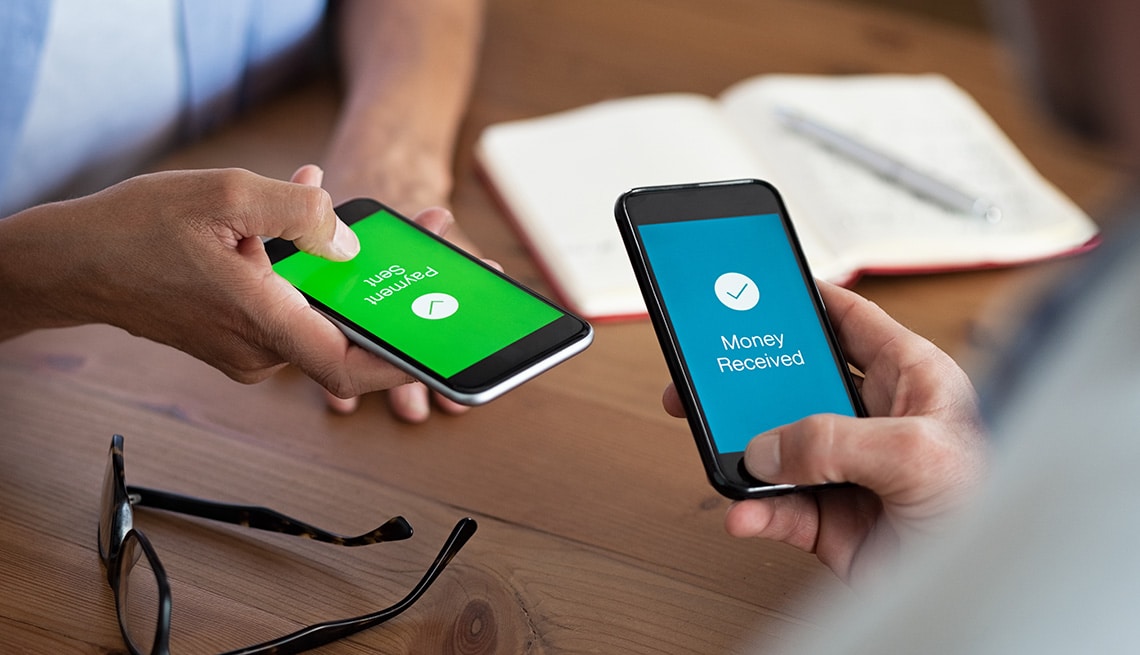P2P Lending Explained

Investing in crowdfunding for individuals and funding someone’s new bathroom, car, or university with it? Peer 2 Peer lending is getting more and more popular worldwide. By using several different platforms, one can invest in peer two peer loans.
What is a peer to peer lending?
With peer 2 peer lending, you invest your money directly into the loan of individuals, without any big bank as an intermediary.
For example, someone is looking for $5000, and ten people are willing to lend this person $500. Using one of the available peer 2 peer lending platforms, they can, together, fill the need for financing by the person in question.
In return for your investment, you receive a monthly remuneration, including interest. Most of these peer 2 peer loans pay about 5 to 10 percent interest yearly. Some riskier loans pay even more than 10% annually, which is considered a reasonable interest rate from an investor’s point of view. Please note that a small portion of the interest goes to the peer 2 peer lending platforms as overhead costs to keep the platforms running.
Crowdfunding for individuals
Peer 2 peer lending is also known as or being called crowdfunding. Peer-to-peer lending is a form of crowdfunding, but in most countries, this term is used strictly in business. Through big crowdfunding platforms like Kickstarter, FundingCirlce, Iuvo, and FastInvest, you can invest in companies and help independent entrepreneurs with their financing. For SMEs, there are loads of crowdfunding alternatives, but in this article, we mainly focus on the pros and cons of p2p lending and investing in personal loans.
P2P lending Regulation
Peer-to-peer lending is still in’s infant stage. Because of this, there’s limited regulation at the moment. In most countries and states, no specific rules and laws are outlined regarding these lending platforms. There are some regulatory rules applicable to crowdfunding. Each platform has to have a valid license and must be registered with either The Federal Reserve, FCA, MiFID, etc. depending on where in the world the platform is based. Always check if the peer-to-peer lending platform you want to use is fully licensed and regulated.
Slowly peer-to-peer lending is gaining traction, and if we look at Kickstarter, we can already expect it to be a great success. In the US and big European countries, it is already quite popular; this is because the interest rates offered by banks in these countries are quite low. Consumers are thus continually looking for alternative ways of financing.
International peer-2-peer platforms can be exciting for investors worldwide. A promised interest rate of a whopping ten percent is not uncommon with this form of lending, so it’s worthwhile to check out international peer-2peer lending websites.
Investing in individual loans
Borrowers can also apply on peer-to-peer platforms, but note: the differences are quite significant. There’s a lot of donation-based platforms out there, where you can support people battling diseases, court cases, or asking money for different reasons. One example of such a platform is GoFundme. On most international platforms, you find a lot of regular loans, which just payout interest, as you would assume. On these kinds of platforms, you can invest in home renovations, paying off student loans, or the financing of a new car.
Risks of peer to peer lending
Just like every other form of investment, peer-to-peer lending isn’t riskless. One of the most common dangers and scenarios is that borrowers can’t repay their loans. And just how big is the chance you’re running into this as an investor?
Before borrowers can ask for loans, they are being tested on their creditability by the peer-2-peer platform and, in most cases, by an unbiased third party. Income, expenditure, age, and spending limit are all taken into the equation, and a risk class or credit score is assigned. This way, you know what you can expect as an investor.
Yet the chance remains that the borrower cannot repay your loan. Some platforms, therefore, offer a buy-back guarantee. If payment arrears, the platform buys your credit for the full price (excluding future interest). This minimalizes the default risk and your potential loss as an investor.
If a platform doesn’t offer this type of guarantee and you don’t want to take too much risk, it’s much wiser to spread your investments. Start by investing small amounts in different loans with low-risk levels. On platforms without buy-back guarantee that are active where regular bank loans are relatively expensive, there’s loads of yield to be made.
The yield on Peer-to-Peer Lending
The returns on peer-to-peer loans can potentially be very high. Overall you can expect 3 to 5 percent yield in the lowest risk category and about 10 percent in the most top risk category. Again, this is dependent on the loan platform used. Some platforms will charge a small fee for their services. For example, Kickstarter charges 5% on projects that meet reach their goal. If you’re looking to make a quick buck, you might be at the wrong address. You have to invest time doing your due diligence and wait for about half a year to several years before you see good returns.
Frequently asked questions about peer-to-peer lending.
Some of the most common asked questions regarding peer-to-peer lending are:
What is peer-to-peer lending?
Peer-to-peer lending is a form of crowdfunding for individuals. Using different platforms, individuals can apply for a loan. This loan is then offered to investors that invest in these kinds of credits using the platform.
What is the risk vs. reward of investing in p2p loans?
In the US, banks are quite dominant in consumer credit. Outside the US, p2p-lending is very popular, both under safe mortgages as risky short-term loans. The yield on platforms varies between a few percent up to more than ten percent, depending on the credit default risk. It pays off to do your due diligence before investing in peer to peer lending.








